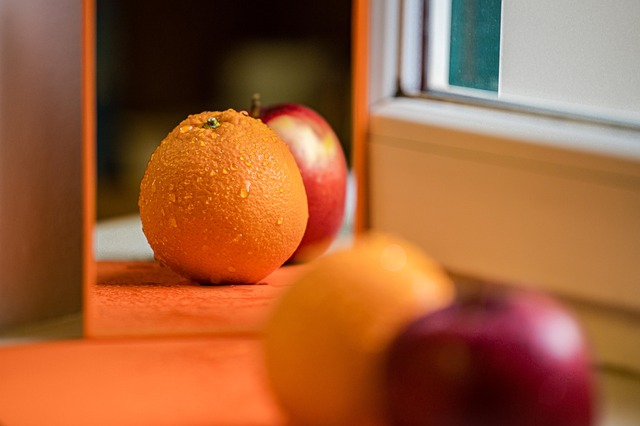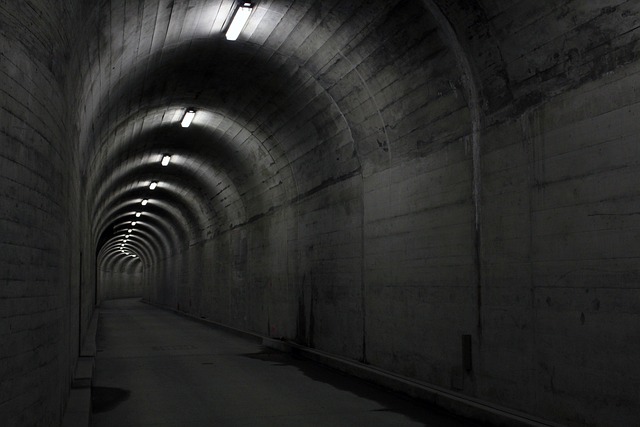In the rapidly evolving world of art, the digital age has transformed how we perceive, create, and engage with various forms of expression. Yet, amidst this technological boom, there lies a profound appreciation for analog material use in installation art—a movement that not only embraces tradition but also offers a tactile, immersive experience that resonates on a deeper emotional level.
At the heart of fine arts, installation art stands as a powerful medium to communicate ideas and evoke emotions. Unlike traditional art forms confined to canvas, installation art often occupies entire spaces, inviting viewers to walk through and participate in the experience. The use of analog materials such as wood, cloth, metal, and natural elements in these installations creates a direct connection between the artwork and the viewer, encouraging a physical interaction that digital media often lacks.
In various cultures around the world, the significance of analog materials transcends mere aesthetics. Many cultures use these materials to tell stories, celebrate heritage, and connect with their histories. For example, weaving fabrics can symbolize community bonds, while carved wood may represent ancestral techniques passed through generations. When installation artists incorporate these traditional crafts into their work, they blur the lines between art, culture, and history, offering a rich narrative that is both personal and universal.
One significant aspect of this trend is the return to sustainable practices. Artists are increasingly turning to recycled and natural materials, emphasizing an ecological consciousness that is vital in today’s society. Not only does this approach highlight the fragility of our environment, but it also draws attention to the beauty of imperfection found in handmade objects. The unique textures, forms, and colors of analog materials create a sensorial experience, allowing viewers to engage with the artwork in ways that are often more profound than their digital counterparts.
Moreover, exploring the element of time in art becomes inevitable when dealing with analog materials. Unlike digital art, which can be replicated endlessly, the use of physical materials embodies the artist’s labor and time—each mark, texture, or shape tells a story of its creation. Audiences experience this narrative not just visually but through a multi-sensory journey, making the context of the artwork as significant as the artwork itself. They can feel the weight of the materials, observe the craftsmanship, and even reflect on the moment of creation, fostering a deeper connection.
Installation art that employs analog materials encourages us to slow down and observe the intricacies of life and culture. It asks us to contemplate the relationship we have with the physical world and to appreciate the stories that are often overlooked in our fast-paced digital lives. In an era where technology dominates, embracing the analog approach opens up avenues for dialogue, engagement, and reflection—reminding us that art is not just something we see but something we experience.
Through the lens of fine arts, culture, and the power of art, the exploration of analog materials offers a refreshing perspective that bridges past traditions with contemporary expressions. It invites us to connect not only with the artworks but also with each other, fostering a sense of community and shared experience. As audiences, we are challenged to appreciate the tactile, the impermanent, and the handmade, enriching our understanding of the world around us. This nostalgic yet forward-thinking approach highlights the enduring power of art to evoke emotion, spark dialogue, and celebrate our shared human experience.




